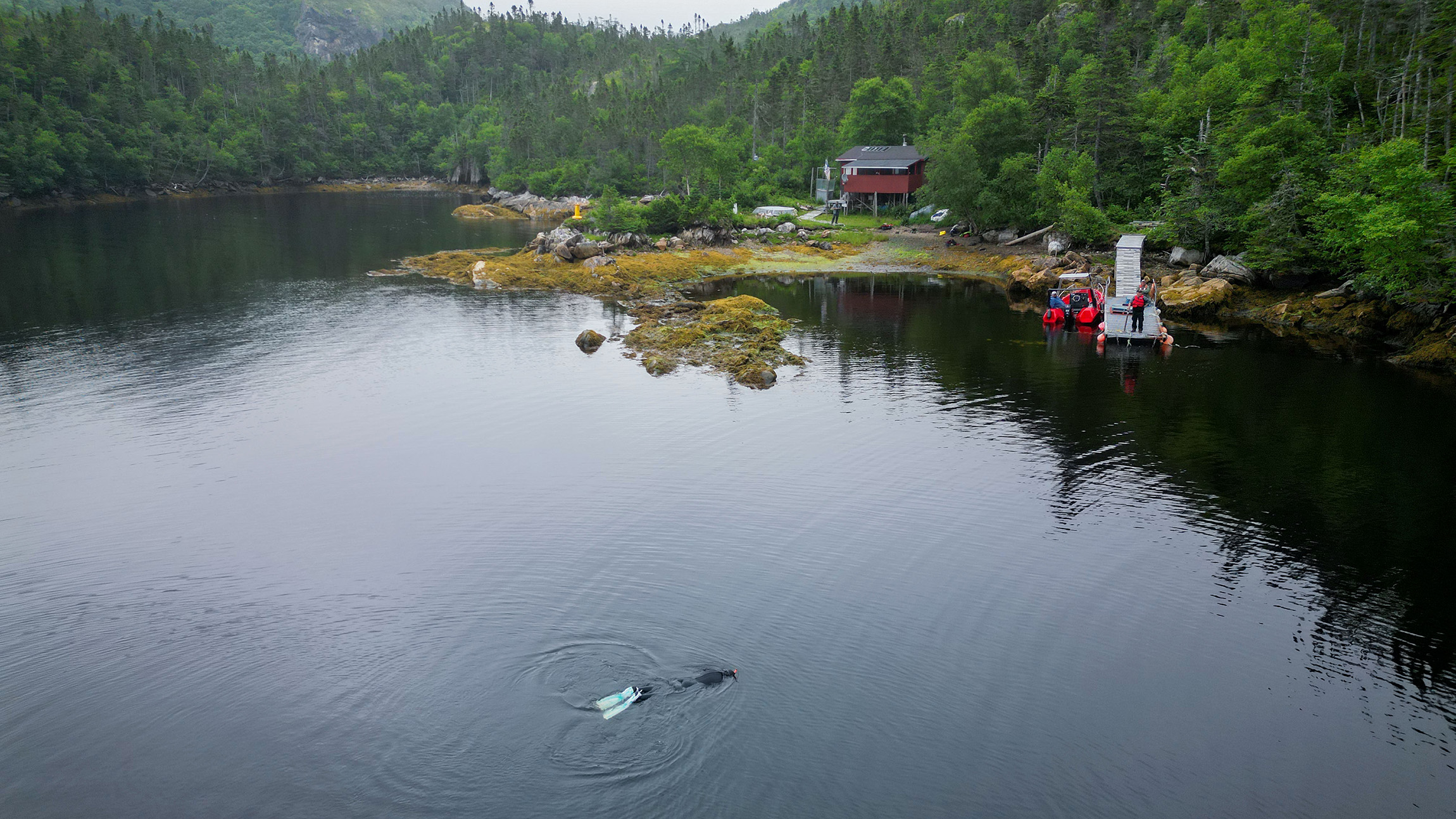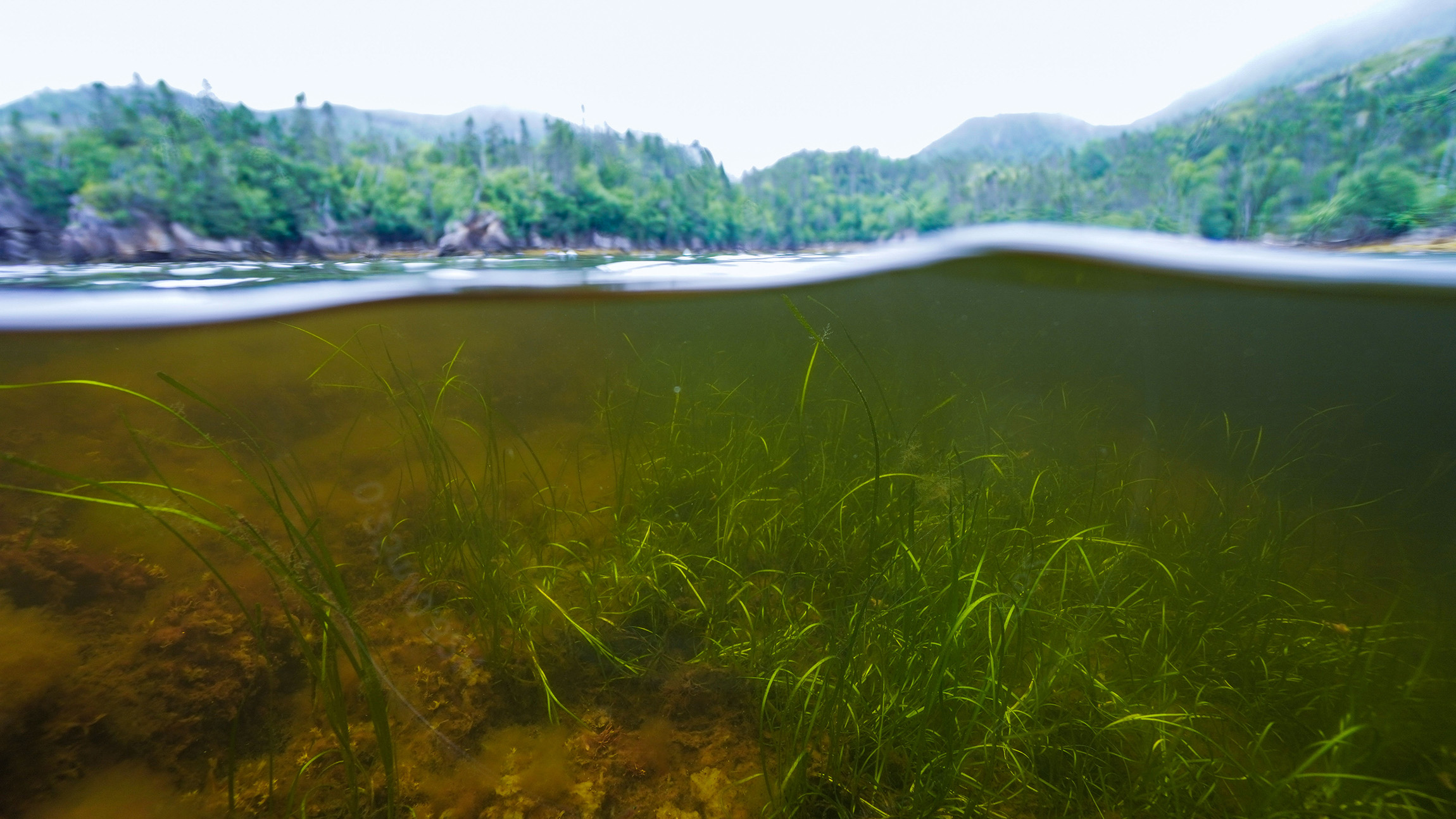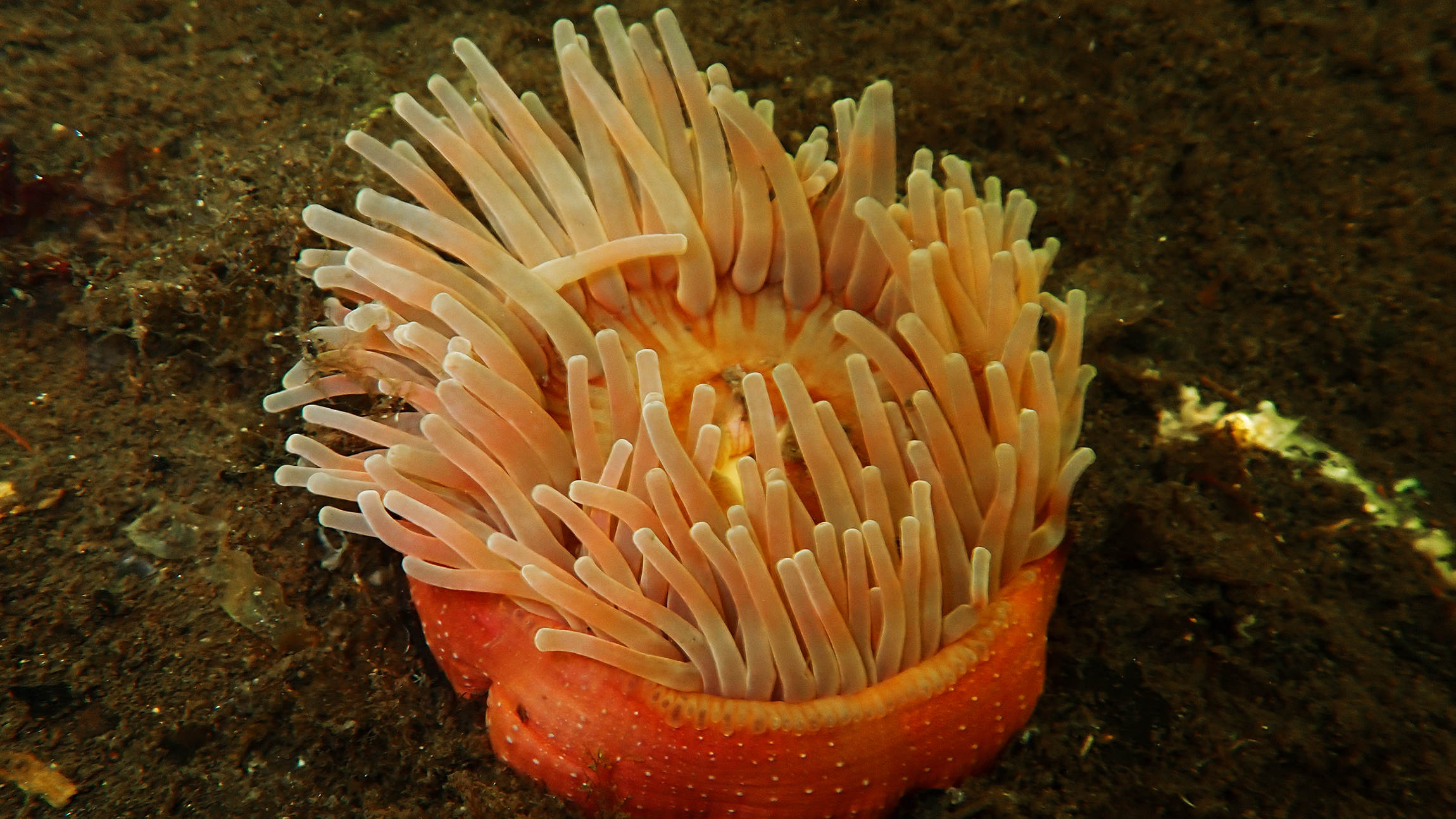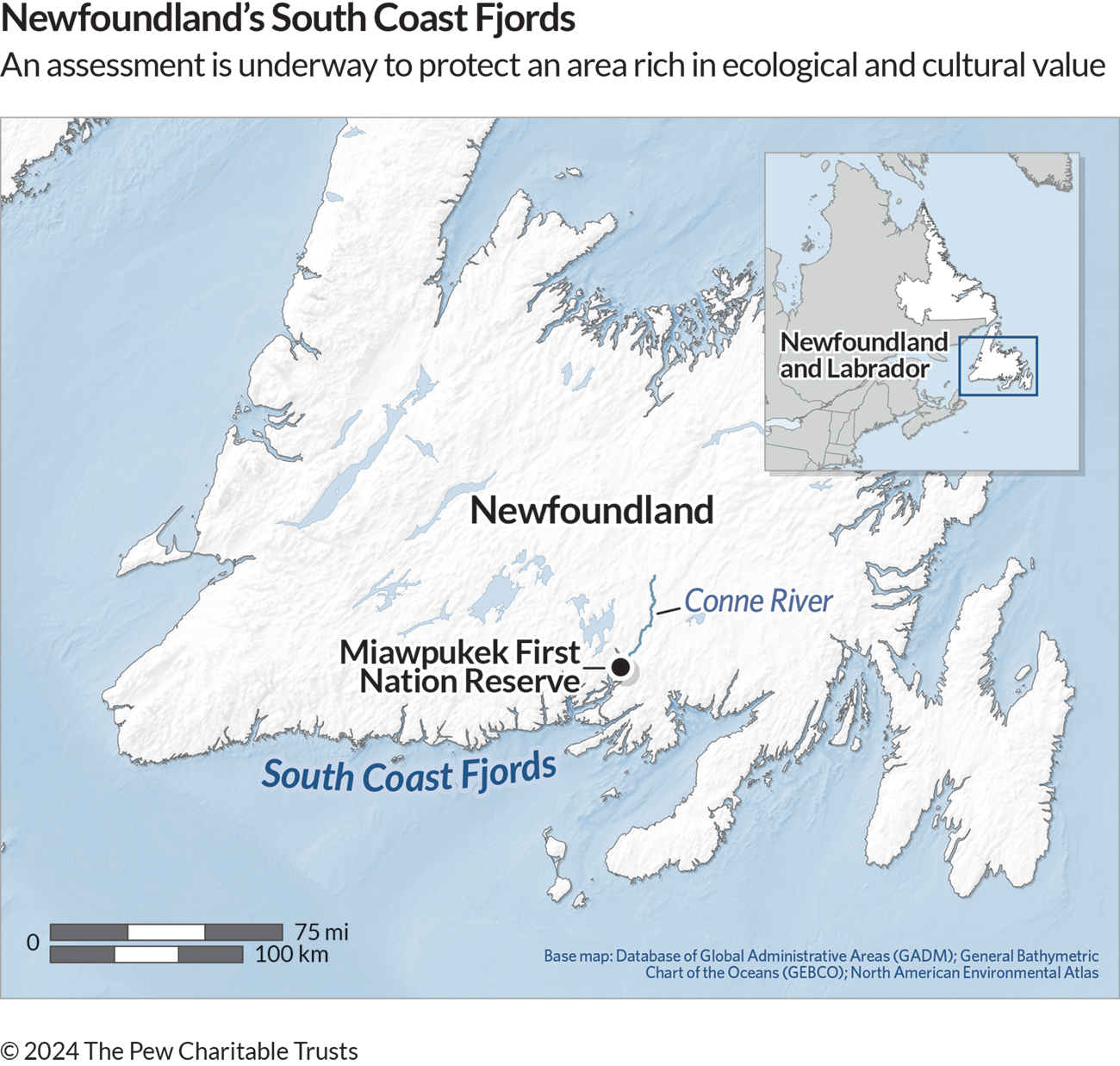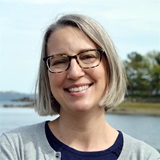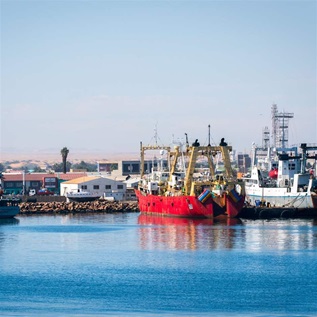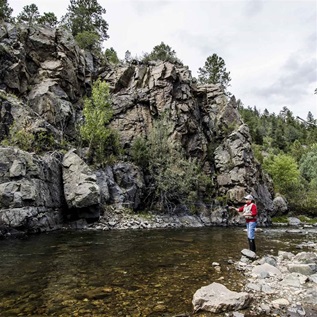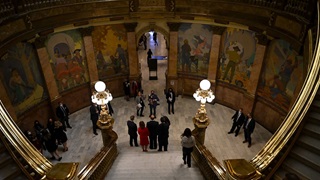Why Newfoundland’s South Coast Fjords Are Sacred to Indigenous Communities
Miawpukek First Nation working with partners to document area’s biological and cultural assets
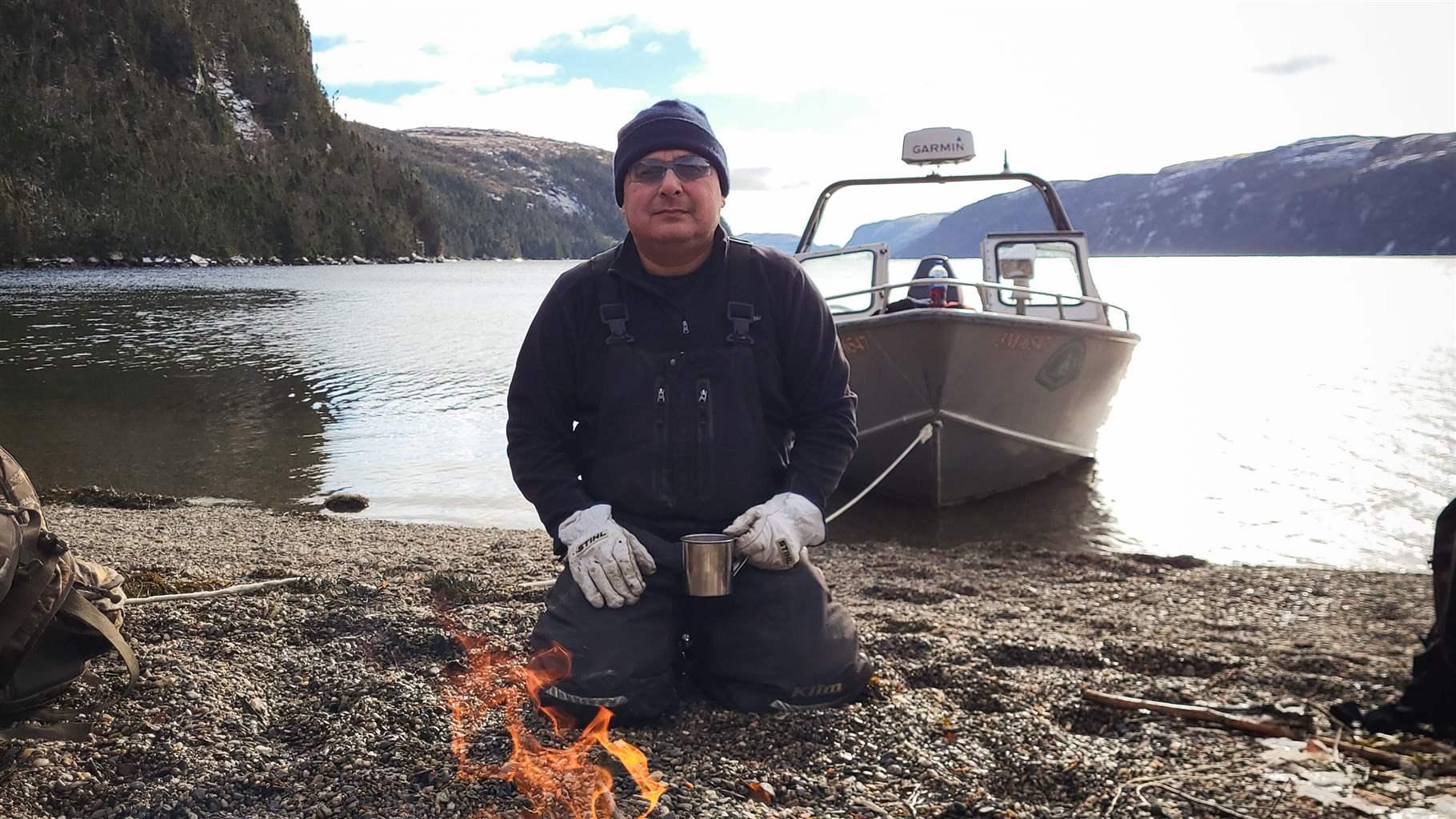
First Nations have lived in what is now known as Canada since long before the country was established. In recent years, as part of what’s known as Reconciliation, the government of Canada has begun restoring rights and autonomy to many Indigenous communities. In the province of Newfoundland and Labrador, the South Coast Fjords area is among the most productive marine environments in Atlantic Canada. Among the priorities of the Miawpukek First Nation (MFN) and Qalipu First Nation (QFN) is to protect these economically, culturally, and historically valuable lands and waters that supported their ancestors and still support their way of life.
The Pew Charitable Trusts’ conservation Canada project partners with in-country organizations and Indigenous communities to further conservation goals and, since 2020, has worked with the Canadian Parks and Wilderness Society (CPAWS) and the MFN. Last summer, MFN, QFN, the town of Burgeo, the province of Newfoundland and Labrador, and the government of Canada signed a memorandum of understanding, the first step in assessing the feasibility of creating a new national marine conservation area in the South Coast Fjords area. Afterward, the MFN invited CPAWS staff and Pew’s Leah Baumwell to help undertake a scientific survey of marine biodiversity to help inform and guide the potential establishment of a conservation area in this region of cultural and biological importance.
This interview with Greg Jeddore, MFN’s former natural resources manager and a member of the MFN Council, has been edited for length and clarity.
How did you come to work on forests and marine environments for the Miawpukek First Nation?
I was born and raised on Miawpukek reserve in Conne River. In college, I studied forest management and returned home to give back to my community. When I was out on the land doing conservation and gathering with elders and trappers in the community, focusing on species at risk and the role of guardians on the land, I started thinking that we need to recognize both Western and traditional science here. And because Indigenous people are from the land and from the water—they are one—it was natural for me to move into marine work, too.
Now, 23 years later, I’m proud to say that a forest management agreement between MFN and the province of Newfoundland and Labrador, which will be led by MFN and will benefit the whole region, is now in its final stages. For over a decade I’ve also been working on the government-to-government agreement, announced last year, to help Newfoundland’s South Coast Fjords become a conservation area.
Can you explain what the South Coast lands and waters mean to the Miawpukek First Nation?
Our storytelling teaches us that the South Coast Fjords is where First Nations communities lived in the past. The lands and waters here are our identity and where we come from. Mother Earth gave us these gifts, and we take and respect them; we use them in a conservative way that doesn’t hurt Mother Earth. We don’t overfish, overhunt, or destroy. Some of these places have never been walked on; no one has ever been there. Other places have a lot of First Nations history—sacred places like a healing area that we know our ancestors visited because there are still artifacts there. You can see where they rested their walking sticks on a tree, and a giant cross of rocks they made on the ground. And beautiful as the pictures of these places are, they can’t reflect what it feels like to actually be there and experience them. Our chief always takes visitors there because it’s so hard to describe, and when we’re there we can feel the presence of ancestors watching over us, making us feel safe.
Why do the South Coast Fjords need protection?
I’ve noticed in my career that the only time people say that species are at risk is when they’re almost gone. But that’s too late; once a place is destroyed you can’t get it back. In the sacred South Coast Fjords, we have minke whales, killer whales, humpbacks, leatherback turtles, lobsters, cod, eels, eelgrass, caribou, bears, blueberries, teaberries, migratory birds, eagles—a whole forest. Eagles in particular hold a lot of history for our First Nation. It’s amazing when you see one—a spirit watching you, guiding you on your way—gliding over our fjords. When Leah Baumwell from Pew visited, the weather wasn’t the greatest, but that trip was the first time I even saw a puffin on the South Coast, which was amazing. Leah saw the cliffs, and we did snorkel surveys within the fjords, and when we were finished we saw two humpback whales. All of that was in just one day. Someone was watching over Leah, giving her those gifts.
What specifically has the Miawpukek First Nation been working on in the South Coast Fjords?
Recently, we started putting base camps along the coastlines to give us better access to the area so we can research what’s there. We have to prevent destruction of the fjords by big industries that want to mine or fish or harness energy. There are so many migratory birds here, and their routes need to be protected from what could disrupt them, like commercial fishing and ships and offshore wind towers. And we’ve seen the disappearance of our cultural artifacts from these places. Indigenous people on the land and water know the environment and the animals; we’ve been here for thousands of years. We notice things like the temperature of the water changing, because it’s a factor in how we practice our traditional ways, like salmon fishing, spearing, and hunting. Indigenous values and ways can protect the environment—and we’re finally starting to see the values of Indigenous communities respected.
What is your biggest obstacle in protecting the South Coast Fjords?
Like other First Nations across Canada, we need to do research to show the provincial and federal government, as well as the general public, what we want to do and why it’s important. We have to present our programs, which recognize Indigenous values, to those who speak the language of Western science. And without funding, we can’t build programs. So funding is a challenge for us.
Finally, what’s your hope for the future of the South Coast Fjords, especially with the conservation area?
We want this conservation area to be a place where people from all over the world can come to learn from Indigenous people how we survived for thousands of years on the South Coast, and about the beauty here. We want these visitors to be able to get out on the land and see for themselves why this is such a unique area. Even people from Newfoundland don’t know about the richness of their own backyard. We want to teach them to respect our land and waters—to take only what you need and learn about the importance of Mother Earth.
